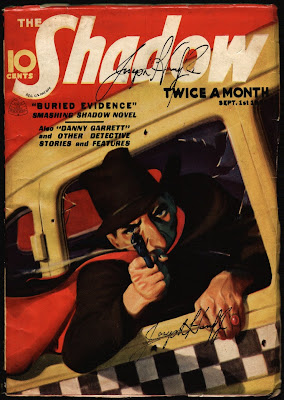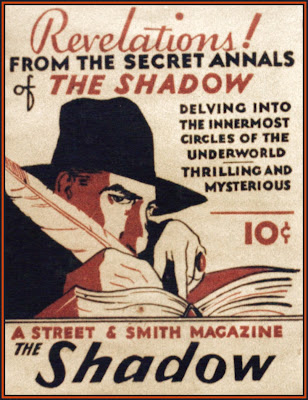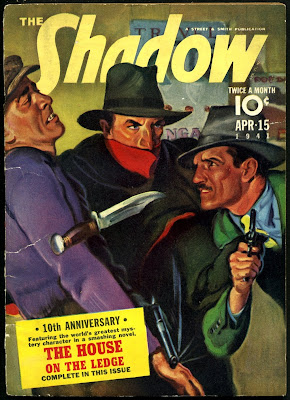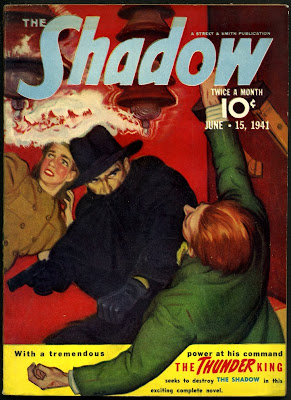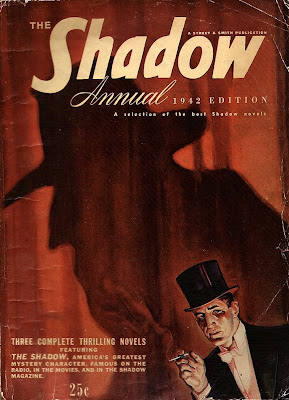
In my last post I told you how you must never, ever allow ink to dry in the ferrule, because it will ruin the brush by causing it to splay. But what do you do with a brush if that's already happened?
You've all seen Ghostbusters, right? Don't cross the streams?
When the world is about to end, it's acceptable to cross the streams to reverse the portal and blow the evil goddess back through the door she came in through, and if your brush is already good and fucked you can let ink dry wherever you want. Your brush is now a special tool that everyone should have: a drybrushing brush.
Do you not know what drybrushing is? Go read Blankets and come back. Okay, good. You can drybrush with any brush, but it's harsh on a good brush, and it actually doesn't work as well with a nice brush. To get really nice drybrushing you want a brush that wants to splay, that has no spring left in it at all, that's basically been reduced to a spindly mop. You take the brush, don't wet it, dip it in ink, and then doodle with it until the lines become scratchy and begin to break apart over the texture of the paper.
Play around with it! Your brush is already hell and gone, so you may as well try the craziest things you can. Here's just some of the the many distinct textures I was able to come up with in a minute using my poor, dead W&N:
 Fantastic stuff, right? Imagine using them for wood, or rock, or water, or clouds.
Fantastic stuff, right? Imagine using them for wood, or rock, or water, or clouds.You can make even, solid tones with drybrush if you're good, but there's a trick to it:
the beginning of the stroke is always darker, so if you want and even tone you need to work backwards so the lighter ends feather into the darker backs of the strokes, like in the above example. Of course, a creative person could find many interesting uses for the dark bands that occur if you overlap the strokes the other way.
 Drybrush almost seems like a cheat, because it lends and drawing a kind of automatic motion and atmosphere. Look at these 20 second doodles I did to prove this point:
Drybrush almost seems like a cheat, because it lends and drawing a kind of automatic motion and atmosphere. Look at these 20 second doodles I did to prove this point: Wish almost no work at all the marks of the drybrushing itself makes the art seem alive and tangible. The rain feels thick and wet, the rocket seems to be speeding while in place.
Wish almost no work at all the marks of the drybrushing itself makes the art seem alive and tangible. The rain feels thick and wet, the rocket seems to be speeding while in place.Play around with drybrushing and see what you can do with it.
Next week: Cartoonists on their brushes






























